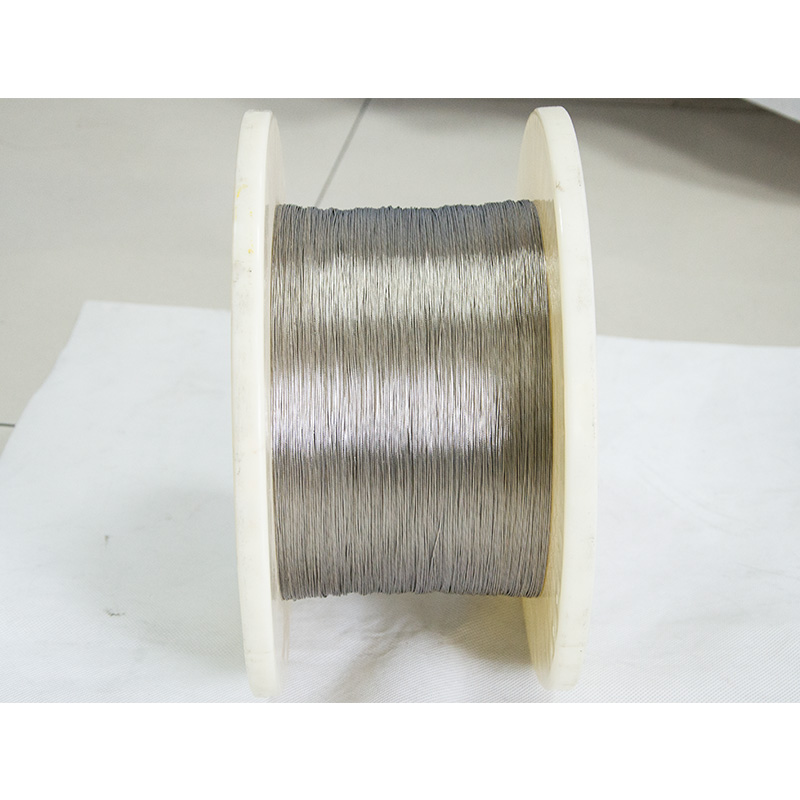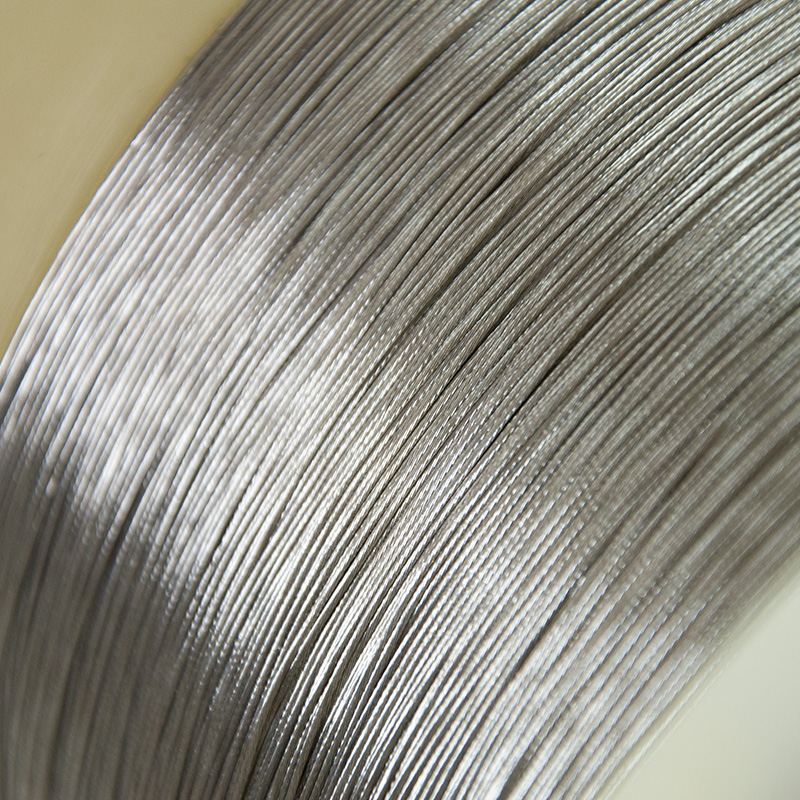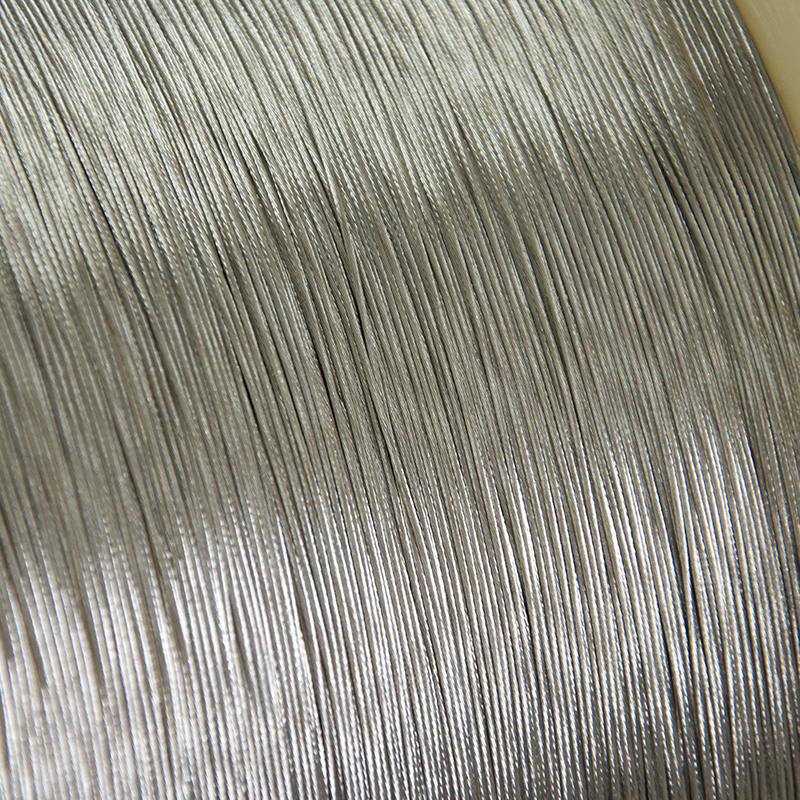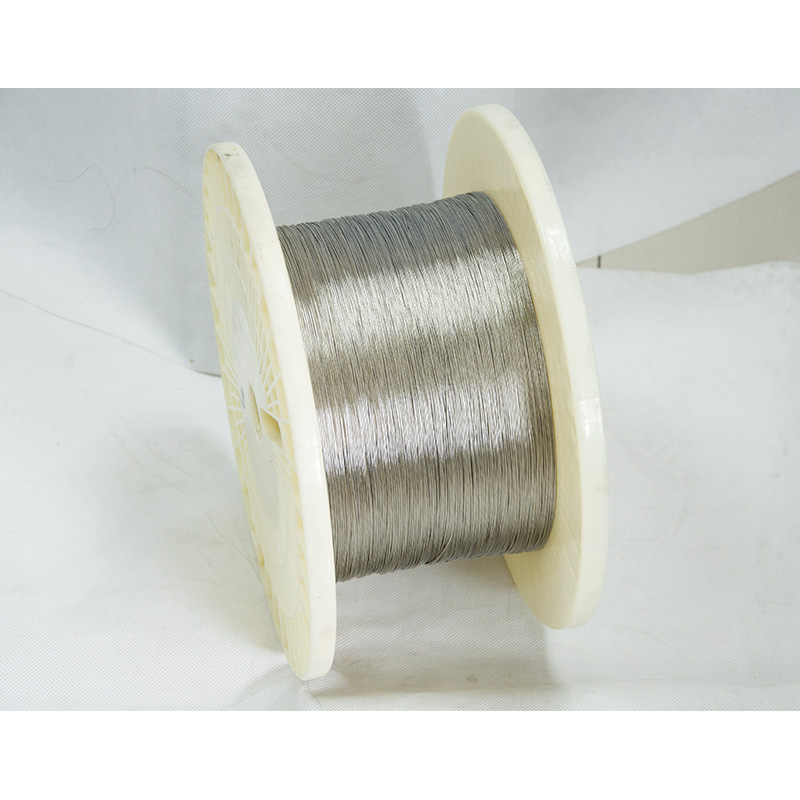Nichrome stranded Wire Ni80 Nichrome Heating Wire Cr20ni80 Ni60Cr15 Ni35Cr20
Stranded resistance wire is made of Nichrome alloys, such as Ni80Cr20, Ni60Cr15, etc. It can be made with 7 strands, 19 strands, or 37 strands, or other configurations.
Stranded resistance heating wire has many advantages, such as deformation ability, thermal stability, mechanical character, shockproof ability in thermal state and anti-oxidization. Nichrome Wire forms a protective layer of chromium oxide when it is heated for the first time. Material beneath the layer will not oxidize, preventing the wire from breaking or burning out. Due to Nichrome Wire’s relatively high resistivity and resistance to oxidation at high temperatures, it is widely used in heating elements, electric furnace heating and heat-treating processes in the chemical, mechanical, metallurgical and defense industries,
| Performance\material | Cr20Ni80 | |
|
Composition |
Ni | Rest |
| Cr | 20.0~23.0 | |
| Fe | ≤1.0 | |
| Maximum temperature℃ | 1200 | |
| Meltiing point℃ | 1400 | |
| Density g/cm3 | 8.4 | |
| Resistivity |
1.09±0.05 |
|
| μΩ·m,20℃ | ||
| Elongation at rupture | ≥20 | |
| Specific heat |
0.44 |
|
| J/g.℃ | ||
| Thermal conductivity |
60.3 |
|
| KJ/m.h℃ | ||
| Coefficient of lines expansion |
18 |
|
| a×10-6/℃ | ||
| (20~1000℃) | ||
| Micrographic structure | Austenite | |
| Magnetic properties | Nonmagnetic | |













